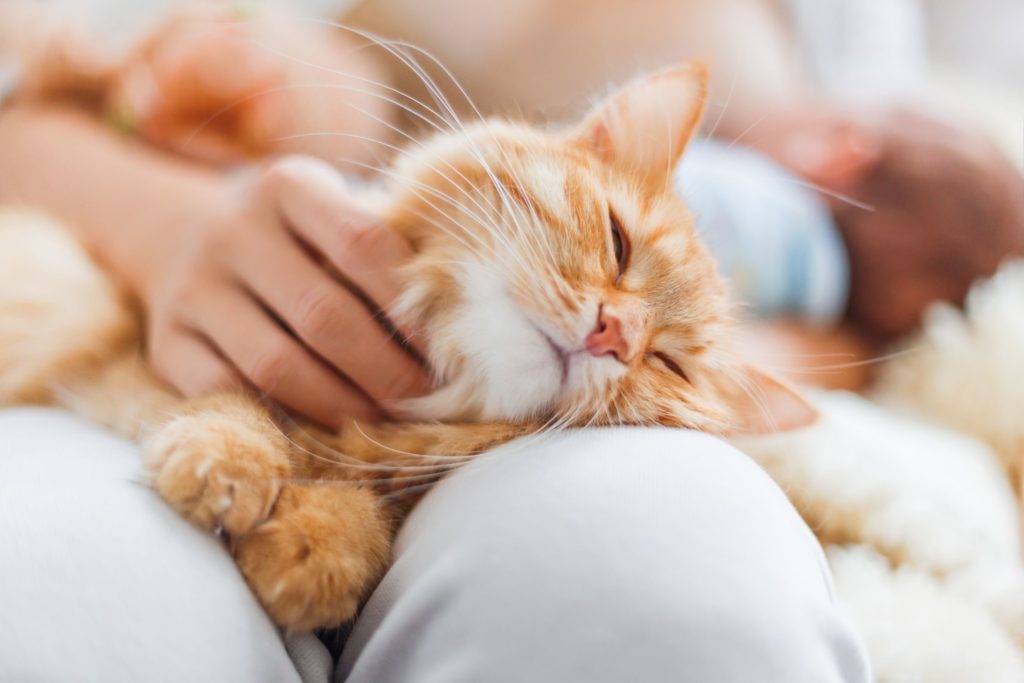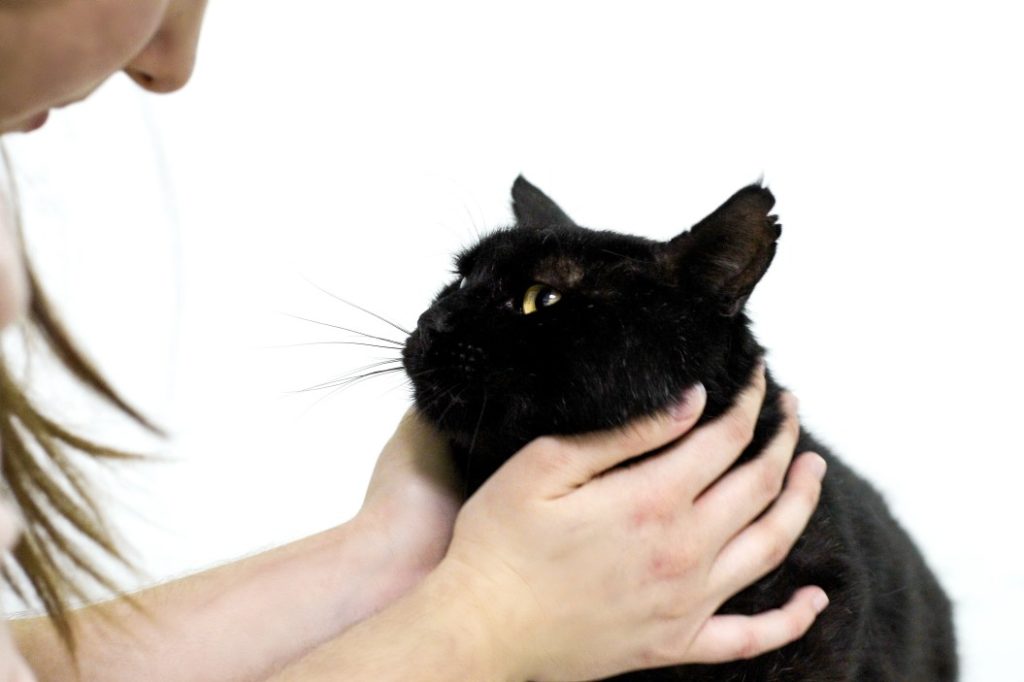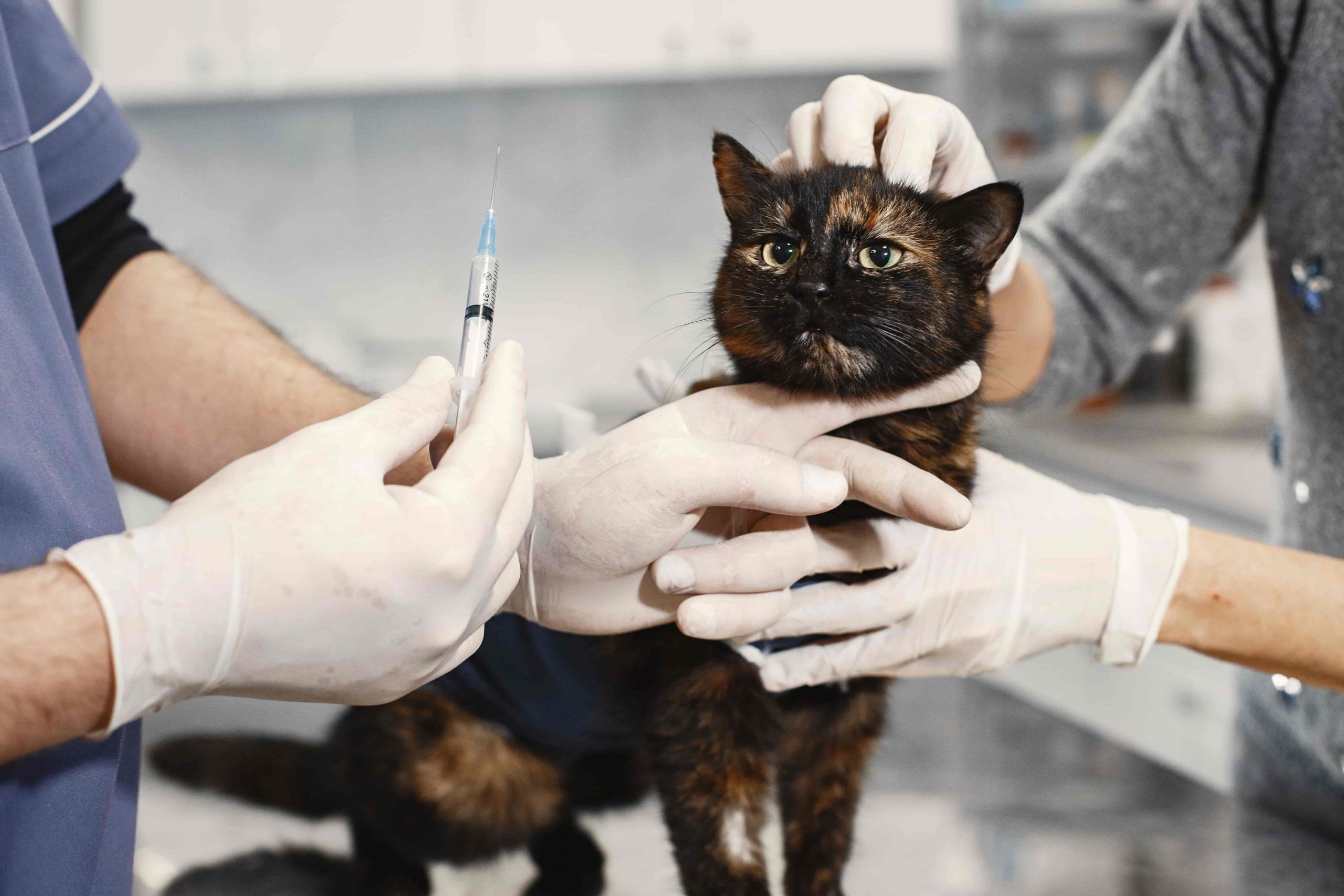If we could, we’d slip a few extra years into our cats’ paw pads. Nine lives is a lovely legend, but in real life, our felines have just one—so how long can we make it shine?
- The cat life cycle
- Signs of aging to watch
- How long do cats live?
- What shapes a cat’s life expectancy
- How to help your cat live longer
- Smart outdoor time
- Feed for longevity
- Mouth care = whole-body care
- Vaccines, parasite control, and checkups
- Bonus easy hack
- Enrichment that keeps them young
- Calm, clean, and senior-friendly
- Breeds often known for graceful aging
- FAQ
Good news: with the right care, an indoor cat can stay by your side for a very long time. Let’s talk real-life cat life expectancy, minus the drama and plus practical tips you can use today.
And yes, sometimes a tiny daily tweak makes a huge difference. Curious about the “nine lives” myth? Peek behind the legend here: why cats are said to have 9 lives.
The cat life cycle
Kittens become young adults around 12 months, full adults by 2 years, then “senior” somewhere between 7 and 10 depending on health and lifestyle. Each cat ages at their own rhythm—no exact date, just clear little signs.
Want to translate your cat’s age into “human years”? Try this easy method: calculate a cat’s age in human years.
Fun fact: cats age fast at first—roughly the first 2 years equal about 24 human years, then around 4 “human years” per cat year. Neutered cats also tend to live longer thanks to fewer fights, escapes, and health risks.
Signs of aging to watch
No wrinkles on the whiskers, but from 10–11 years you may notice gentle changes.
- Less meticulous grooming; coat looks duller or knotted.
- Calmer mood, more need for quiet time.
- Hesitant jumps, stiffness after naps.
- Longer, deeper sleep.
- Appetite or weight shifts (up or down).
- Reduced vision, hearing, or sense of smell.
- Shorter breath with effort, less intense play.
- Age-related issues (teeth, kidneys, joints…).
Wondering how lifestyle affects lifespan? Here’s a quick overview of how long cats live by lifestyle. And for snooze lovers, this guide is gold: cat sleep duration.
How long do cats live?
Breed matters less than environment.
- Outdoor cats: average 2–7 years due to accidents, fights, and infections.
- Indoor cats: commonly 12–18 years, and often more.
Some felines surpass 30—Rubble reached 31. The “secret”? Preventive vet care, appropriate nutrition, and a low-risk lifestyle.
If you want a broader view, don’t miss our friendly deep dive on cat lifespan essentials.
What shapes a cat’s life expectancy
- Lifestyle: secure indoor living versus free-roaming outdoors.
- Nutrition: quality food, right portions, good hydration.
- Weight and activity: extra pounds strain the whole body.
- Prevention: vaccines, deworming, flea/tick control, dental care.
- Genetics and neutering: some lines are sturdier; neutering reduces various risks.
- Vet follow-up: early detection improves outcomes.
Parasite protection matters, too. Need a refresher? Here’s how to protect your cat from worms effectively.
How to help your cat live longer
Smart outdoor time
Outdoor stimulation is wonderful—when it’s secure (fenced garden, harness walks, protected balcony). Free roaming raises the risk of accidents and infections.
Keep ID microchipping and vaccines up to date; they’re your cat’s safety net. Learn more here: cat microchip guide.
Feed for longevity
Your cat’s diet should be complete, balanced, and tailored to age (kitten, adult, senior) and status (neutered, medical conditions).
Common mistake to avoid: letting a cat “fast” to self-regulate. Over 24–36 hours without eating puts cats at risk of hepatic lipidosis, a serious condition—see a vet quickly if appetite crashes.
Extra tip: if your cat is a grazer, use multiple small bowls in quiet spots instead of one busy feeding area; some cats eat better when they feel unobserved.
Mouth care = whole-body care
Healthy teeth help protect kidneys and heart—oral bacteria can enter the bloodstream and stress other organs.
Use a feline toothbrush, dental chews, and schedule regular checks. For a gentle routine, see our cat grooming guide.
Vaccines, parasite control, and checkups
One vet visit a year (two after 10 years) helps catch issues early: kidneys, thyroid, joints, teeth…
Note vaccine dates, parasite treatments, and weight. You’ll spot trends in a glance.
Bonus easy hack
Weigh your cat monthly with the gym-bag trick: weigh yourself with the bag, then with the cat inside. The difference is your cat’s weight. Track it on the fridge to catch changes fast.
Comfort matters too—litter choice can be a game changer, especially for tender senior paws. This guide makes it simple: choose the best cat litter.
Enrichment that keeps them young
A stimulated mind ages better. Offer scratchers, hideouts, elevated perches, and short, regular play sessions. A well-placed cat tree can reignite the urge to explore.
Catnip is a delightful, safe pleasure for many: discover how and when to offer catnip.
Calm, clean, and senior-friendly
Cats are sensitive to noise, strong smells, and sudden changes. Keep a predictable routine, squeaky-clean litter boxes, and cozy, quiet rest zones.
Original tip: lay a non-slip runner (think yoga mat) along your cat’s most-used path—bed to litter to water. Seniors love the traction and it cushions joints.
Food bowls? Go wide and shallow to protect whiskers, and consider slightly elevated stands to improve comfort. For stress-prone kitties, these stress signs and tips help you act early.
Breeds often known for graceful aging
Breed isn’t a passport to longevity, but some regularly stand out: Siamese (up to 20), Ocicat (16–19), Savannah (sometimes 20).
Curious about one of them? Start with our friendly Siamese guide. Whatever the breed, a safe indoor life, great food, and regular vet care are the real “secrets” to 10–15+ years together.
Want a quick tour of naps, rhythms, and sleep needs? Here’s your complete sleep guide.
Have a question about your little whiskered love? Drop it in the comments—we’re happy to help.

FAQ
What is the average indoor cat life expectancy?
Typically 12–18 years, with many cats reaching 20 and beyond thanks to prevention, good nutrition, and a secure lifestyle.
Do mixed-breed (alley) cats live less long?
No. “Alley cat” doesn’t determine lifespan—environment, diet, and vet care do. Learn more about caring for a mixed-breed cat.
How can I tell my cat is becoming a senior?
Less thorough grooming, longer naps, hesitant jumps, and appetite shifts are classic. Annual checkups (twice-yearly after 10) help you adapt care in time.
Does neutering increase a cat’s lifespan?
Often yes. Neutering reduces roaming, fighting, and certain health risks, which is linked with longer, safer lives. Keep ID and vaccines current: microchip basics.









